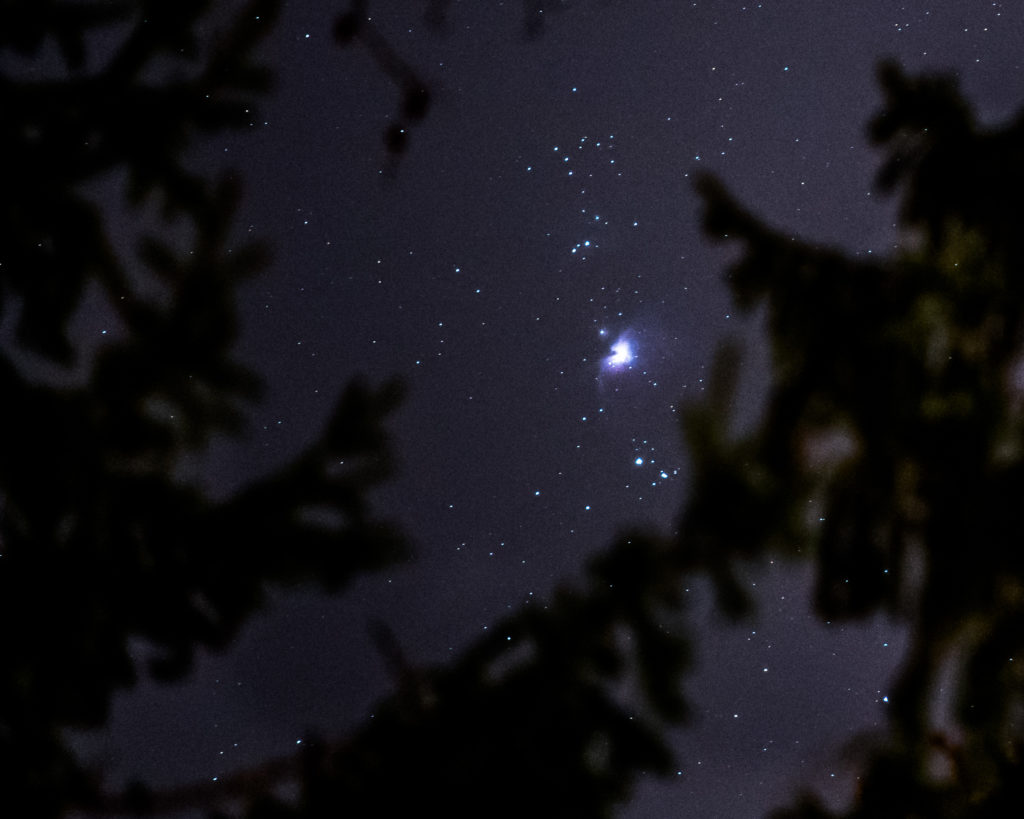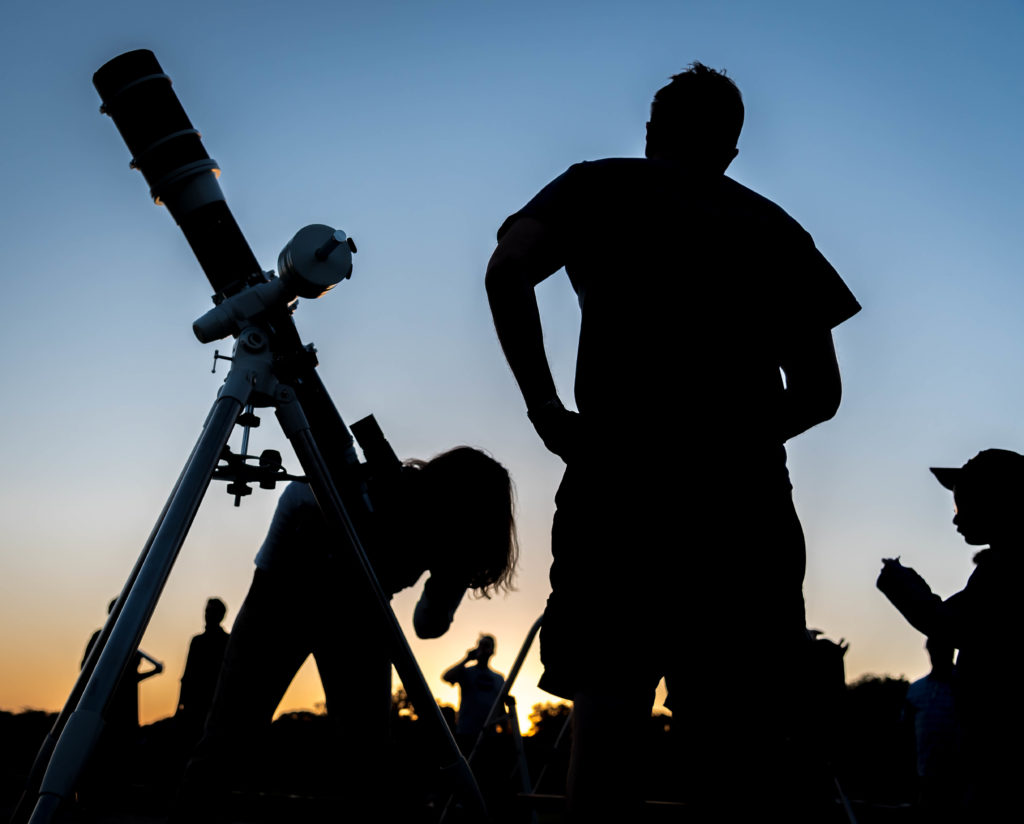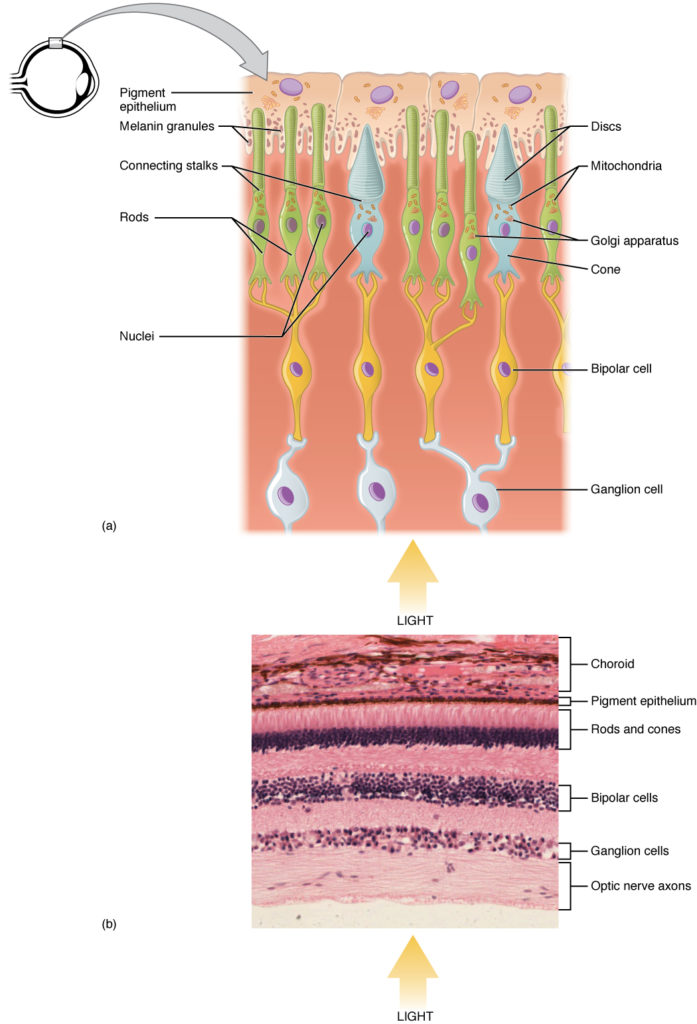
Never let a clear sky go to waste! After a quick look with binoculars at the Orion Nebula and the other features in and around the Sword of Orion, I tried to capture the same view with a quick snapshot through a DSLR. This view shows the Sword region framed against tree limbs over Washington, D.C.
Taken with an unmodified Nikon D750 with Nikkor 70-200 mm f/4 lens at 200 mm, 2 seconds, ISO6400.
Share This:


